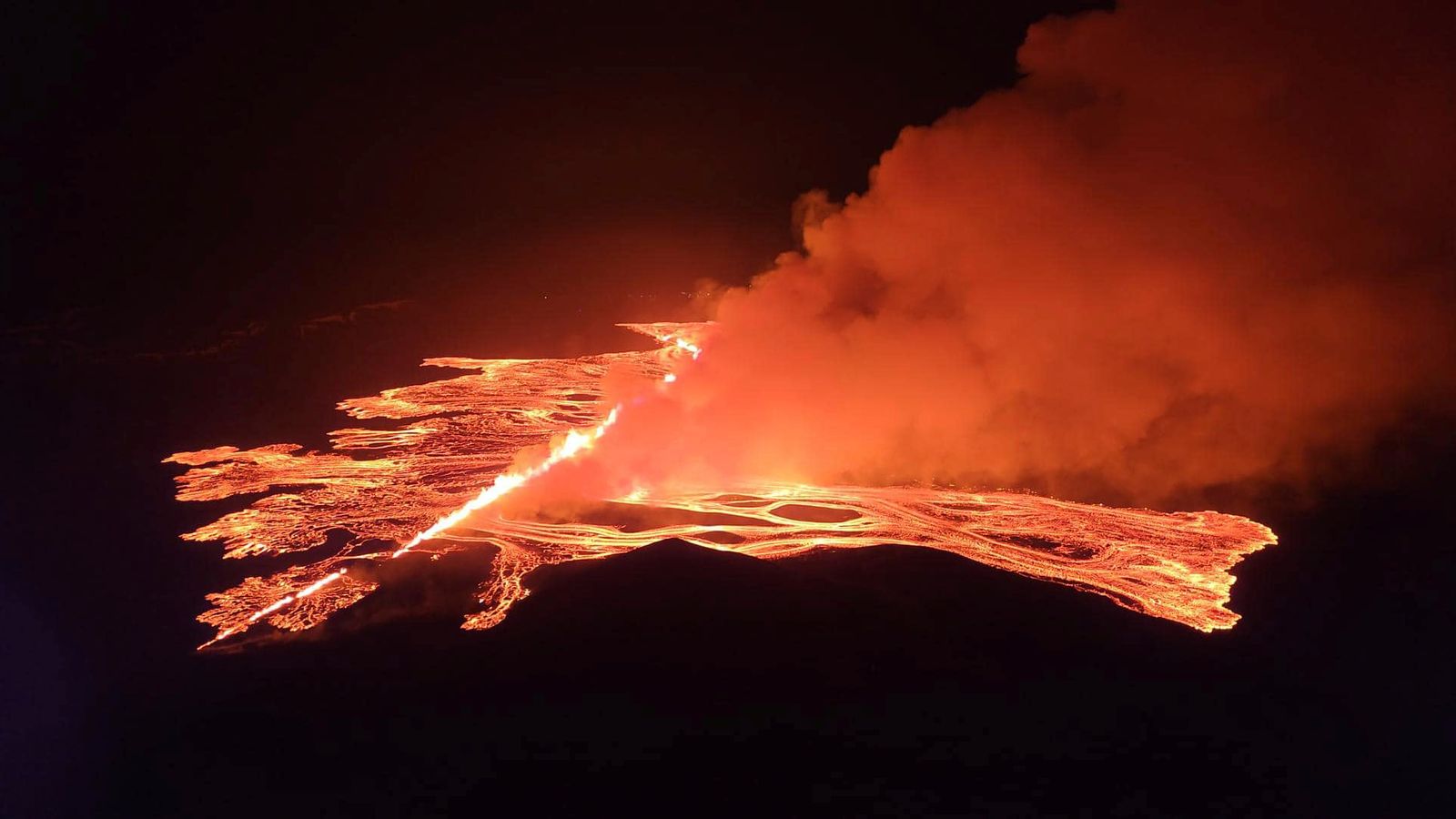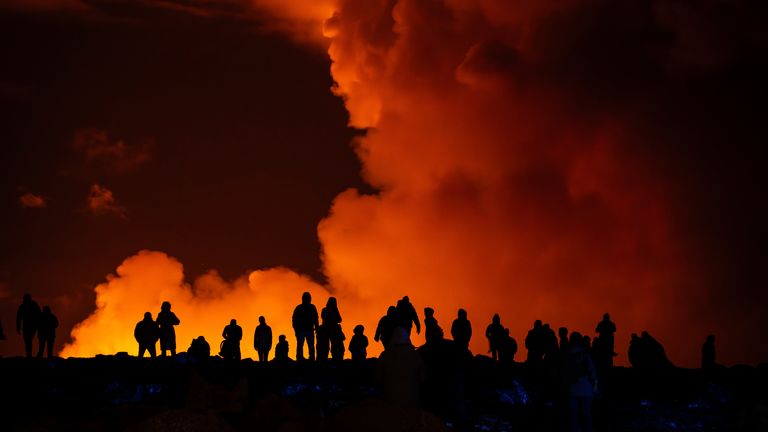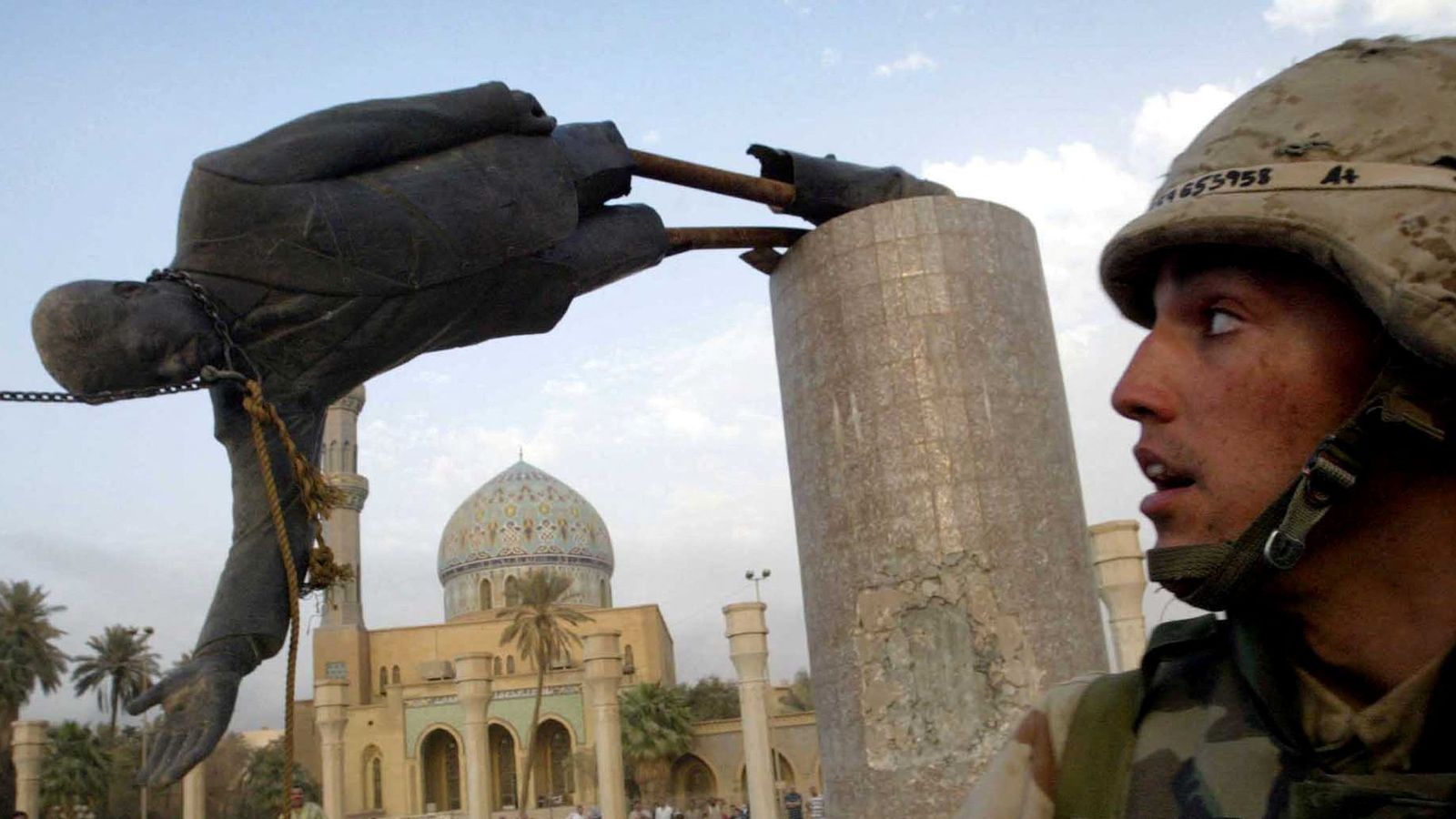Iceland volcano erupts for fourth time since December, spewing lava into the air


A volcano in Iceland erupted on Saturday for the fourth time since December after previous eruptions destroyed roads and forced a town to evacuate.
Livestreams from the area showed fountains of molten rock soaring from fissures in the ground.
Authorities had warned for weeks that an eruption was imminent on the Reykjanes peninsula, just south of Iceland’s capital Reykjavik.
The Icelandic Meteorological Office confirmed a volcanic eruption started between Stora Skogfell and Hagafell on Saturday.
In nearby Grindavik, where some of the town’s 4,000 residents had returned following earlier outbreaks, evacuations were again taking place, public broadcaster RUV reported.
The popular Blue Lagoon spa, which lies a short distance northwest of the volcano site, has been evacuated and said it will remain closed on Sunday.

There were no reported flight disruptions on Saturday night, with the website of Reykjavik’s nearby Keflavik Airport showing it remained open both for departures and arrivals.
The volcano last erupted in early February, cutting off district heating to more than 20,000 people as lava flows
destroyed roads and pipelines.
Please use Chrome browser for a more accessible video player

0:42
February: Watch lava from volcano reach roads
In January, several houses were burned to the ground in the fishing town of Grindavik.
Advertisement
Read more:
The hazard and beauty of volcanoes
Search called off for man who fell into crack in ground after eruption

Volcanic outbreaks in the Reykjanes peninsula are so-called fissure eruptions, which do not usually cause large explosions or significant dispersal of ash into the stratosphere.
However, scientists fear they could continue for decades, and Icelandic authorities have started building dykes to divert burning lava flows away from homes and critical infrastructure.

